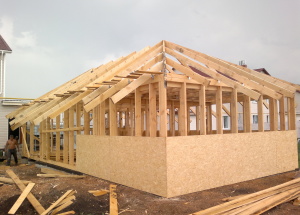Frame construction is rapidly gaining momentum. The use of modern technologies in construction, new building materials, allowed frame houses to be brought to a competitive level.
Content
Advantages of a frame house.
North Europe, Germany, North America has been building low-rise buildings for several decades on Canadian, wireframe technology. The modern frame house has high strength, reliability, its characteristics are not inferior to a stone or brick house.
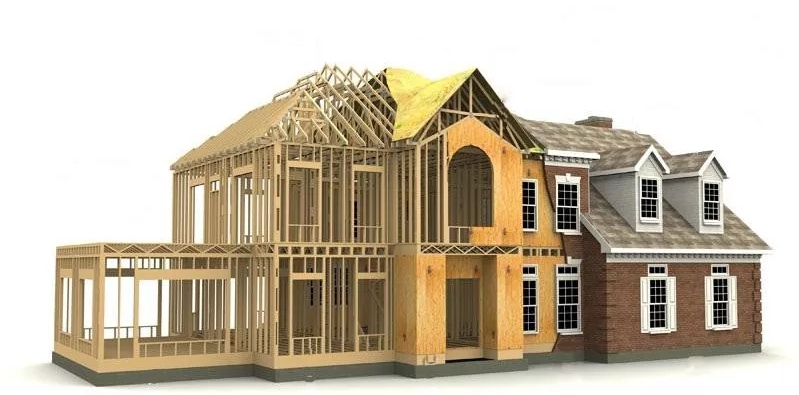
And the leading characteristics for frame houses are:
- low-cost construction;
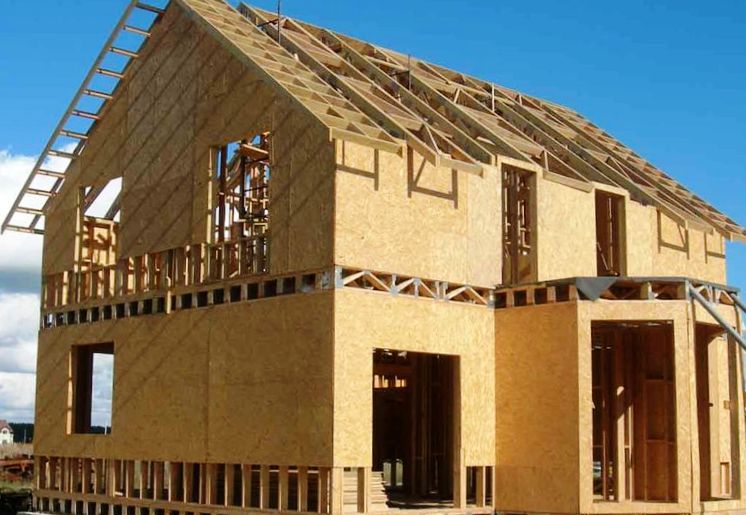
- high speed of construction;
- low construction weight, which does not require a strong foundation;
- lightweight foundation on stilts;
- the buildings do not shrink due to their lightness, so all interior finishing work can be done in any season;
- when building a frame house, panels are widely used, at the choice of the customer with a flat surface, interior decoration is quicker and cheaper;
- modern insulation materials can be selected for any climate;
- modern technology allows you to compete with frame houses in terms of fire safety, thermal insulation, protection from noise, vapor permeability;
- the architect, thanks to the small weight of the house's design, ease of installation, there were ample opportunities in creating beautiful, low-rise buildings;
- a large assortment of modern finishing materials from vinyl siding to facing bricks, allows each customer to create a house for his dreams;
- a big plus in the construction of a frame house is the use of environmentally friendly materials for humans;
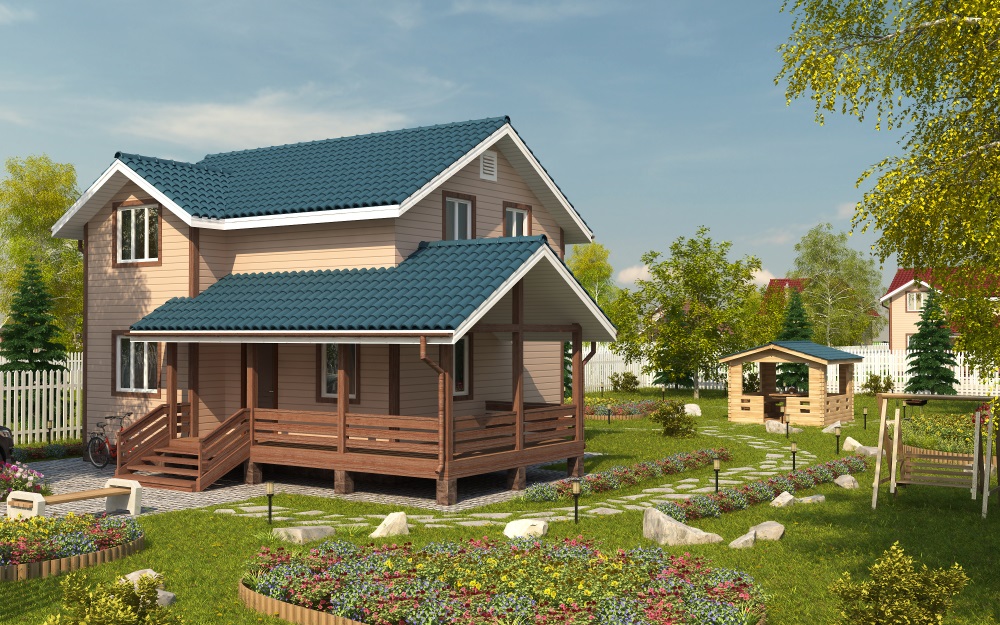
- even cottage settlements, which are based on frame construction, do not look monotonous, but on the contrary, each house looks individually and beautifully.
Disadvantages of frame houses.
We listed the merits of frame houses, and now let's talk about the shortcomings.
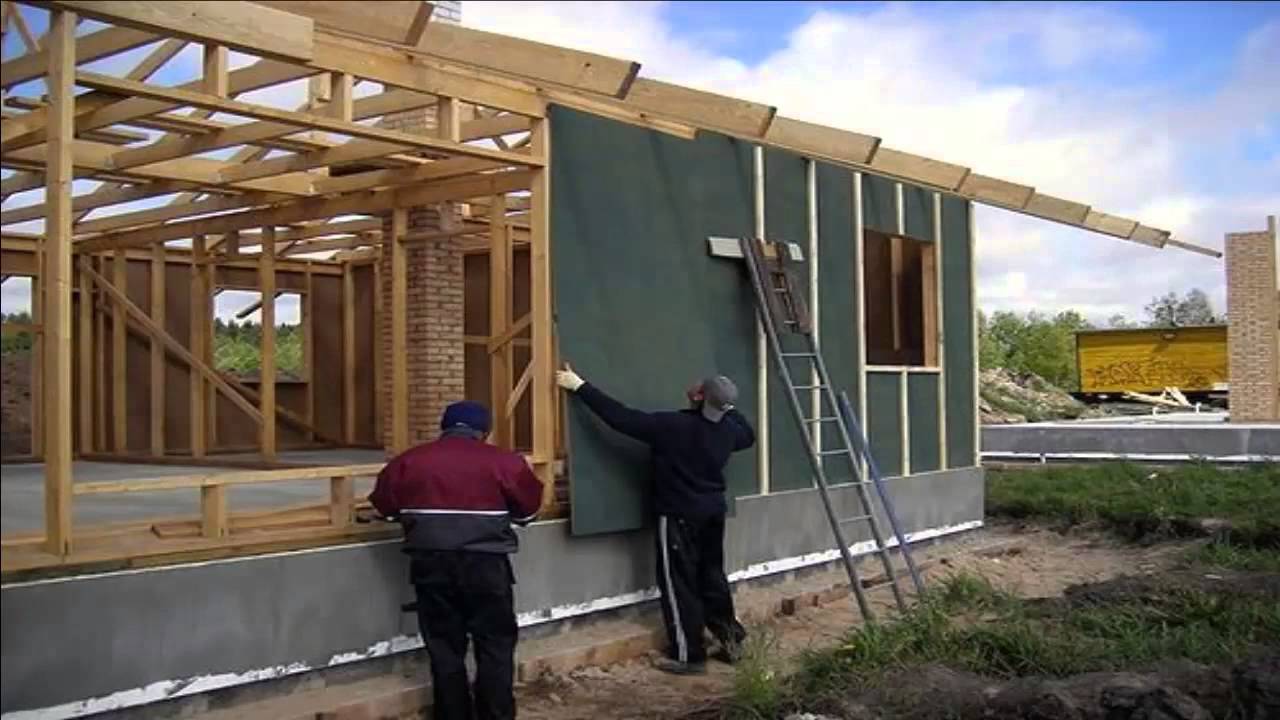
As such, there are no shortcomings in the construction of a frame house, but only if at the design stage projects of frame houses effective measures have been put in place to protect housing against the penetration of mice.
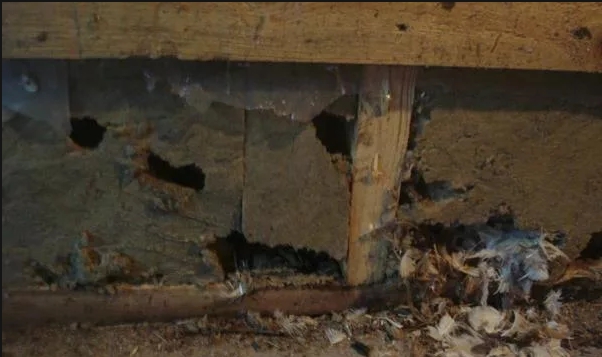
These little animals are able to climb into any gap and turn the life of the owners into a real hell.
If the moment of protection of the house from mice and rats is missed, mice are able to be populated in the walls of houses in winter, as the frame construction implies the use of a heater in which the rodents arrange their nests and multiply perfectly.
In the case of colonization of the frame house, the mice will have to take various measures, of which we will write below.
How to protect frame houses from mice?
Experienced builders are able to advise the customer, if it is not present in the project, to use a heater that the mice are unable to overcome.
To such a heater can be attributed eco-wool.
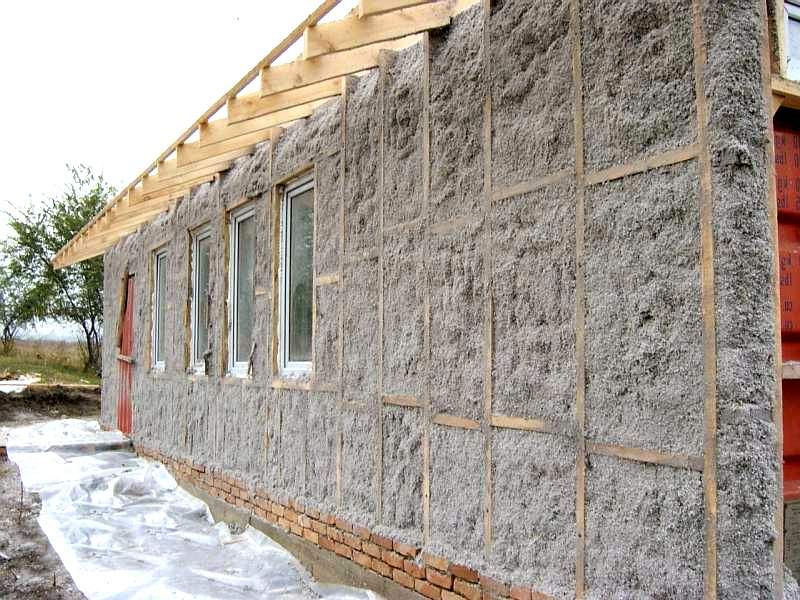
This type of insulation, although basically consists of cellulose, but in its composition contains not less than 20% of a mixture of boric acid and borax.
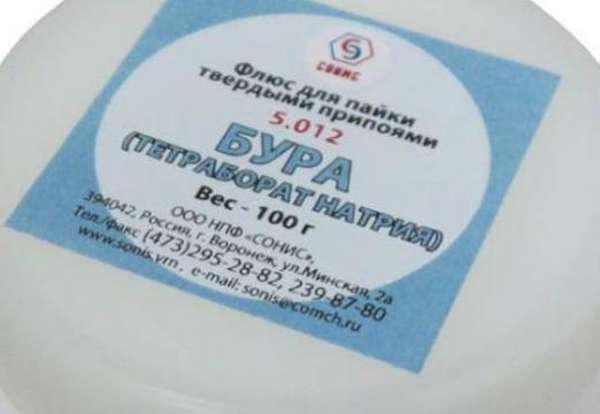
A mixture of boric acid and borax is a wonderful antiseptic, able not only to protect the tree from insects and fungus, but also frighten off rodents.
In earlier times, builders used a solution of borax and lime when processing construction materials.
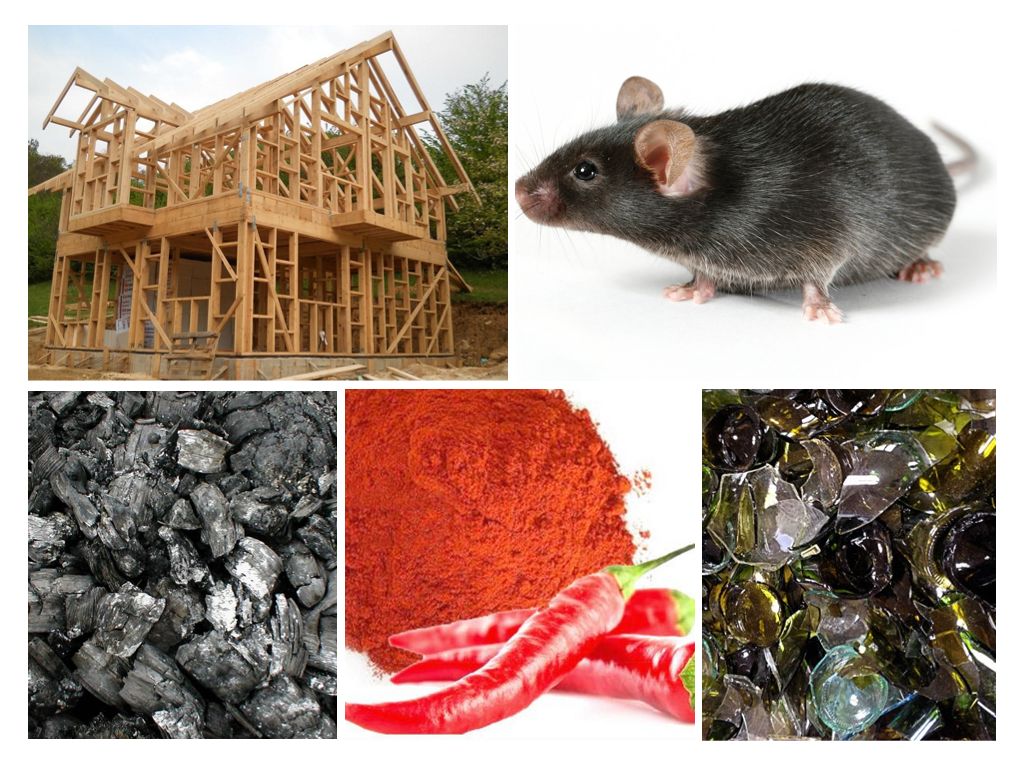
In addition, long since the construction of the house, in order to combat rodents, ash, slag, flavors in the form of tobacco dust, dry mint, dry wormwood were added to the heater.
Modern builders use a monolithic reinforced concrete slab to protect the frame house from rodents, which is laid in the foundation.
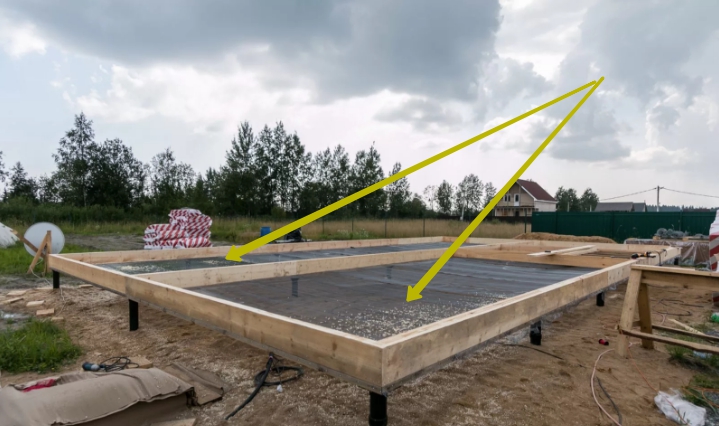
A cheaper way is to use a fine-meshed metal mesh, which is blocked by possible ways of getting mice into the house.
Ecowool and mouse, do mice live in ecowool?
The cheapest insulation on the construction market is foam or polystyrene foam. Having good thermal insulation properties, this type of insulation is very fond of rodents.
In addition to polystyrene, before the onset of mice, the following heaters will quickly surrender: mineral wool, chipboard, fiberboard.
Self-expanding foam or polyurethane foam, which is very convenient to cover any slots, are also subject to mice, they do not eat it, but create moves and burrows.
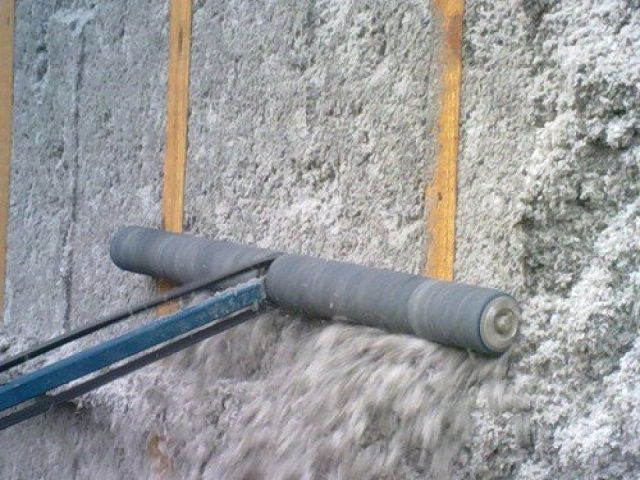
We come to the conclusion that the ecowool, which is produced in loose form, is able to protect the frame house from rodents. But you can lay Ecowool only with the help of special equipment. Ekovatoj it is possible to cover heaters, type polystyrene and then rodents will not overcome this obstacle.
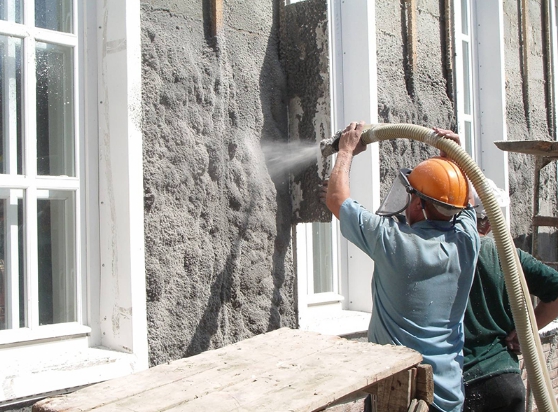
Equipment for ecowool can blow out ecowool into any cracks and voids, thereby blocking the way to rodents. To protect the floor of the frame house from rodents, if under the house does not have a monolithic reinforced concrete slab, pour heat insulation material keramzit.
The layer of expanded clay must be at least 30 centimeters, the top of the clay is covered with polyethylene film. Over the film, two layers of OSB-3 are laid.
In the production of an oriented chipboard, impregnation is carried out with synthetic wax and boric acid. As described above, mice are afraid of boric acid. After another layer of expanded clay is deposited on the OSB, the rough floor is ready and the mice will not be able to overcome this obstacle.
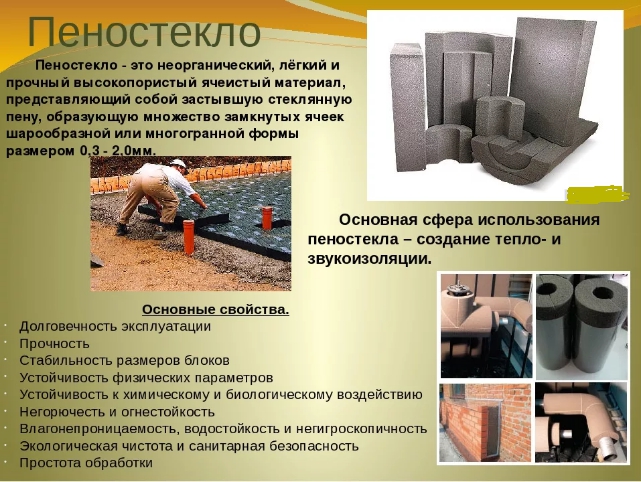
In addition to ecowool, as a heater, which does not like mice, you can offer foam concrete and foam glass.
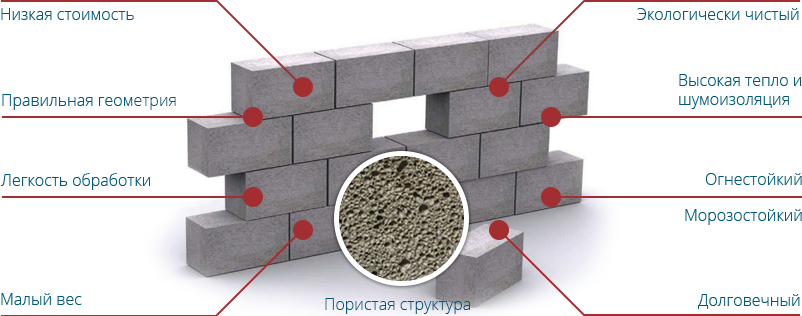
A metal fine-meshed mesh with a wire thickness of at least 2 mm. and a cell 5x5 mm. can be laid under the floor of a house on stilts. On the floor from below, a metal net is pummeled.
In addition, a metal mesh can be wrapped in a plinth. The height of such a grid should be at least 1 meter, the grid is laid under the plinth shell.
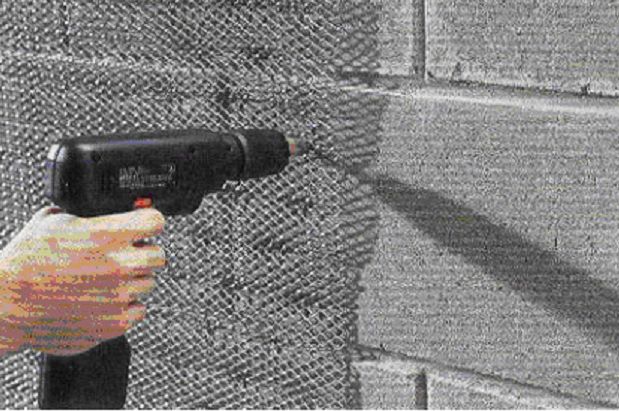
Using a profiled sheet, the foundation can be protected from rodents in the same way as the grid.
Folk remedies for fighting mice in the house.
If the rodents appeared in non-residential premises, such as a cellar, a garage or a barn, you can scare off mice with sources of a sharp smell, such as burnt rubber, burnt wool, a burned bird feather, with the smell of triple cologne, kerosene or diesel fuel.
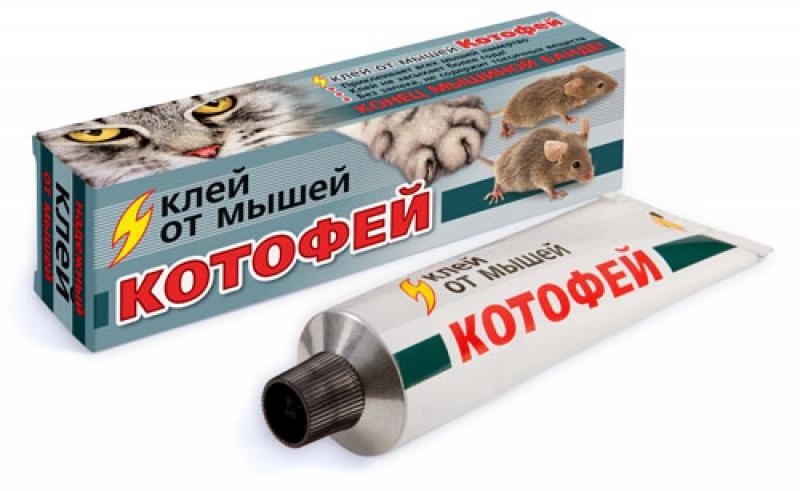
If the premises are residential, folk remedies against mice are advised to use the flavors of the following plants: dried mint, dried mellis, chamomile, wormwood, tansy. Plants are harvested in bundles, laid out at the corners of the frame house, and buried in the mink. Instead of herbs, you can use essential oils.
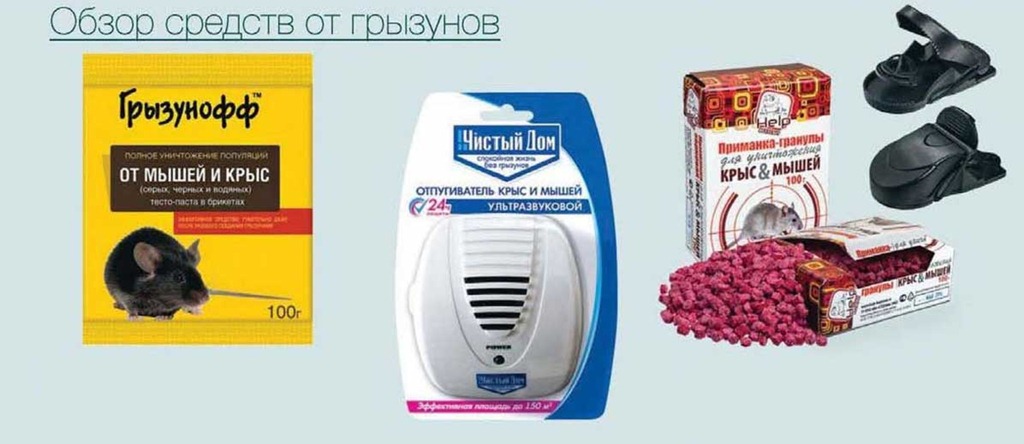
In addition to the methods described above, mice are disposed of with poison baits, traps of mousetraps, glue traps.
Under the house in the corners put ultrasonic repellers, which should be isolated from the arrival of moisture.


